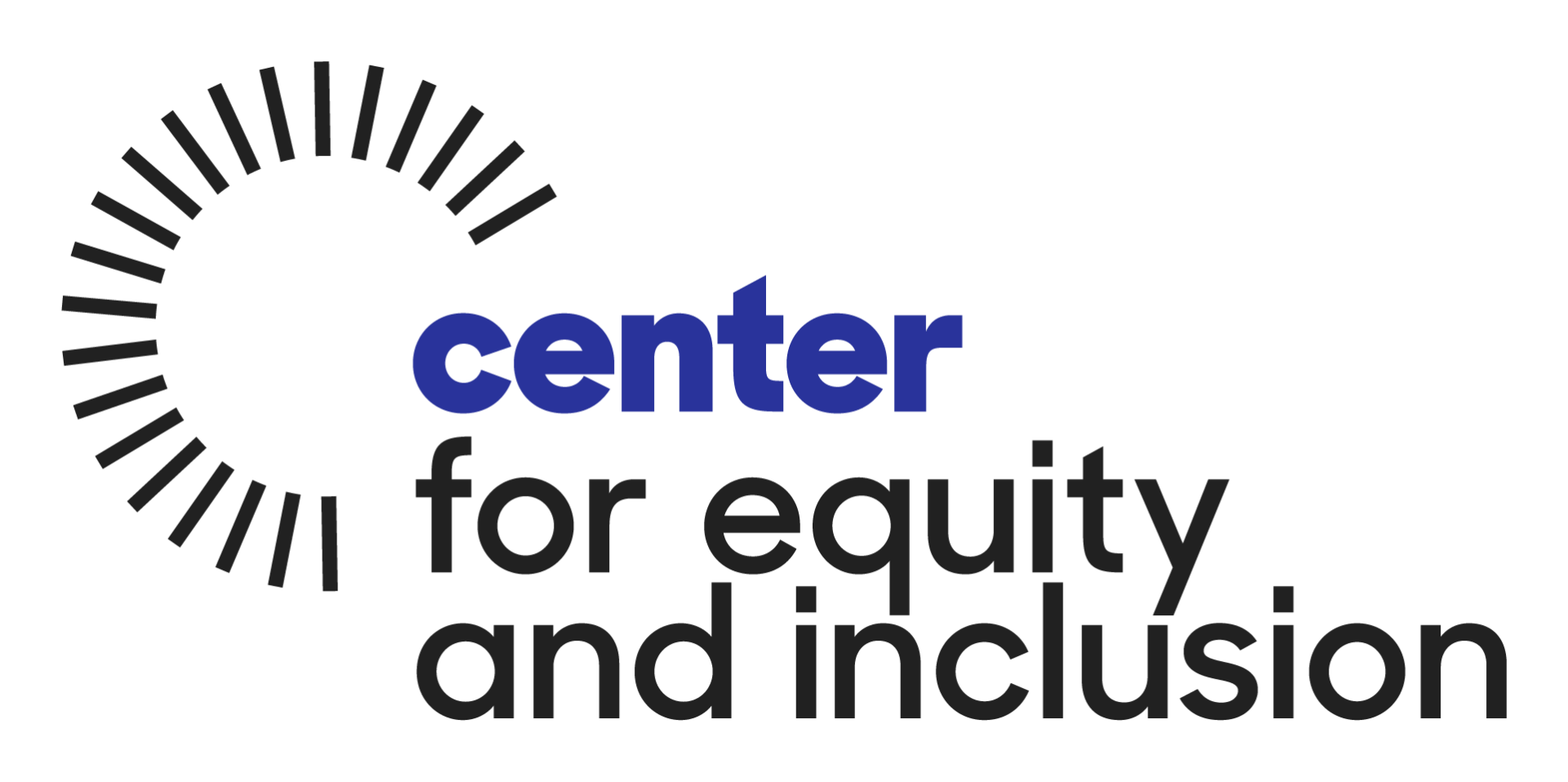The headlines say progress; the lived reality says, “not enough.”
In 2024, 52 women led Fortune 500 companies, but only six were women of color—about 1.2% of all Fortune 500 CEOs. That percentage has not budged since 2022. Meanwhile, women hold a third of Fortune 500 board seats, yet women of color hold <8% of those seats—another sign that power still concentrates at the top.
When decision-makers don’t reflect your workforce or the people you serve, blind spots harden into business risks. The good news is that we can change the table and the outcomes.
Ready to pinpoint the true strengths and hidden gaps in your leadership team?
Take our Leadership Team Audit Survey now and unlock a personalized audit score that highlights where your team stands on diversity and inclusion.
After completing the survey, secure your spot for a complimentary 60-minute session with our experts to review your results and create a strategic action plan.
The Table Isn’t Built For Non-Dominant Voices
Many organizations showcase diverse hiring at entry and mid-levels. But representation often drops off at the first step up to manager - the “broken rung.” In 2024, for every 100 men promoted to manager, only 89 White women were promoted;
rates for Black women remained especially low (54 per 100). That early gap compounds at every level.
Why the “we hire diversely” story breaks at the top
- Early promotion gaps reduce the pool for director/VP roles.
- C-suite pathways often favor roles that have historically been gatekept from women and people of color.
Performative Non-Dominant Leadership vs. Real Change
Commitments without power-sharing read as PR, not progress.
Red flags we see:
Common signals your Non-Dominant or BIPOC Leadership is underpowered
- A “Head of DEI” with no budget, no data access, and no seat in enterprise planning.
- Token hiring without advancement pathways or sponsorship.
- Leaders talk metrics, but promotions and pay decisions aren’t audited for equity.
The result is predictable: trust erodes, morale dips, and high-potential talent exits.
Why Representation in DEI Leadership Matters
The business case (innovation, profitability, retention)
Diverse executive teams are more likely to outperform on profitability; McKinsey’s 2023 update shows that top-quartile gender and ethnic diversity in executive teams correlates with higher odds of above-average profits.
Inclusive leadership also boosts psychological safety—a key driver of team innovation. When employees see themselves represented at the top, they’re more likely to stay and grow.
The Invisible Barriers (It’s Not Just About Talent)
Talent isn’t the blocker—systems are. Common barriers:
- Biased evaluations & promotions:
Research continues to show race and gender bias in performance assessments and first promotions—the lever that sets long-term trajectories.
- Exclusive networks: High-stakes assignments still flow through informal
sponsorships that underrepresented talent may not have access to. Targeted sponsorship closes that gap.
- Rigid policies: Lack of flexibility penalizes caregivers and marginalized groups. (See McKinsey’s Women in the Workplace 2024 for policy-level fixes.)
The Future of DEI Leadership: Shared Power, Real Results
Companies that thrive will treat DEI leadership as a strategic capability embedded in every decision - not a side project in HR. The shift is from symbolic representation to shared power and measurable outcomes.
Here are five steps you can use to build a more inclusive leadership team:
1. Audit Your Leadership Table
- Gather demographic data on leadership roles.
- Examine career progression patterns: Where does diverse talent drop off?
- Look beyond numbers—consider power dynamics and the influence on decision-making.
- Use anonymous employee surveys to gauge perceived accessibility to leadership roles.
- Who currently has a seat—and who doesn’t?
2. Define Inclusive Leadership Competencies
- Identify the behaviors and mindsets your leaders must embody:
- Coaching and mentorship
- Psychological safety
- Decision-making transparency
- Cultural humility
- Build these into performance reviews, promotion criteria, and leadership pipelines.
- The problem: Many organizations promote based on tenure or technical skills, not on a leader’s ability to create equitable environments.
- A company requiring inclusive leadership for senior roles boosted BIPOC retention by 30% in 18 months.
3. Create Pathways to Leadership
- Build formal mentorship and sponsorship programs, not just “organic” ones that favor insiders.
- Remove bias from promotion processes with structured rubrics and diverse review panels.
- Ensure development programs are accessible to all, including caregivers, remote workers, and employees with disabilities.
- Action Tip: Don’t just invite people to the table, prepare them to lead it.
- Barrier: Diverse talent often lacks access to networks, mentorship, and sponsorship that are critical for advancement.
4. Share Accountability at the Top
- Tie executive bonuses to clear DEI and leadership equity goals.
- Create public scorecards showing leadership diversity metrics over time.
- Embed DEI into business strategy meetings so it’s part of every decision.
- Challenge: When DEI sits only with HR or a single “Chief Diversity Officer,” progress stalls.
- “What gets measured gets managed, and what gets rewarded gets done.”
5. Build a Culture of Belonging
- Foster psychological safety where leaders can show up authentically.
- Encourage ongoing inclusive leadership training and peer learning circles.
- Celebrate diverse voices in communications, recognition programs, and storytelling.
- Continuously gather feedback and adapt systems as your organization evolves.
- Goal: Representation alone isn’t enough if new leaders don’t feel empowered once they arrive.
Discover what your leadership table really looks like.
Complete our Leadership Team Audit Survey to receive a personalized audit score - your snapshot of how diverse and balanced your leadership team truly is.
Once you’ve received your results, you’ll be invited to schedule a
complimentary 60-minute consultation with our experts to unpack the findings and explore strategies to reduce risk, strengthen inclusion, and advance your team’s leadership journey.



